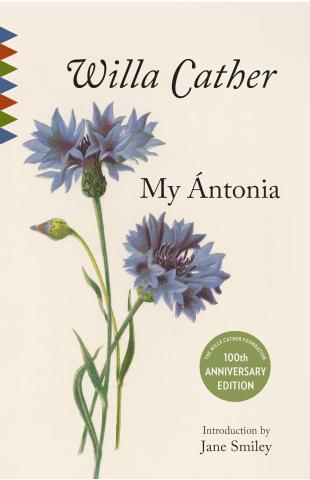
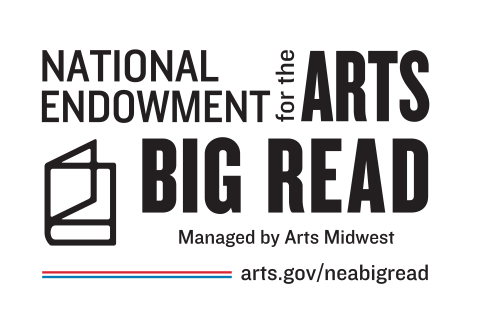
The National Endowment for the Arts Big Read: My Ántonia
the National Willa Cather Center
425 N Webster St
Red Cloud, NE 68970
United States
Most events taking place throughout the day are FREE and open to the public, but registration is required for the seasonal guided tours shown in bold. Senior citizen and student pricing is available for the tour.
Willa Cather’s My Ántonia was among the fifty titles selected by the National Endowment for the Arts for their 2024 Big Read initiative. In partnership with Arts Midwest, the NEA Big Read supports
community reading programs designed around a single NEA Big Read book, with an aim to broaden our understanding of our world, our communities, and ourselves through the joy of sharing a good book.
The National Willa Cather Center is excited to launch our series of NEA Big Read programs devoted to My Ántonia with a special fall kick-off! Please join us for a day packed with fun events, including the debut of a new seasonal tour and three new exhibits that celebrate Cather's 1918 novel.
Schedule of Big Read Kick-Off Events (Spend an hour or the day!)
9:00 a.m. – Screening of Willa Cather: Breaking the Mold
10:00 a.m. – Pick up a FREE copy of My Ántonia, shop the bookstore, and explore our three new My Ántonia-related museum exhibits
11:00 a.m. – Ántonia's Black Hawk: A Guided Seasonal Tour
1:00 p.m. – Ántonia's Black Hawk: A Guided Seasonal Tour
3:00 p.m. – Encore Screening of Willa Cather: Breaking the Mold
4:00 p.m. – Pick up a FREE copy of My Ántonia, shop the bookstore, and explore our three new My Ántonia-related museum exhibits
5:00 p.m. – Gallery reception for The Artistic Nebraska Odyssey of Linda Rivera Garcia
(a retrospective with ideas of strong women in Nebraska)
Visitors are also invited to pick up a special packet of readings to enhance a self-guided tour of the Willa Cather Memorial Prairie and to enjoy a slice of Anna Pavelka's poppyseed cake at the gallery reception.
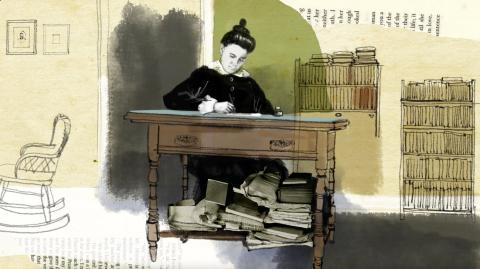
Willa Cather: Breaking the Mold
This short film chronicles Cather’s pursuit of literary acclaim alongside the creation and unveiling of her statue in Washington, D.C. Using archival imagery, Cather’s own words, and observations from contemporary readers and scholars, this documentary invites viewers to revisit and reexamine Cather’s importance to American literature and encourages exploration of her life more fully through literary pilgrimage.
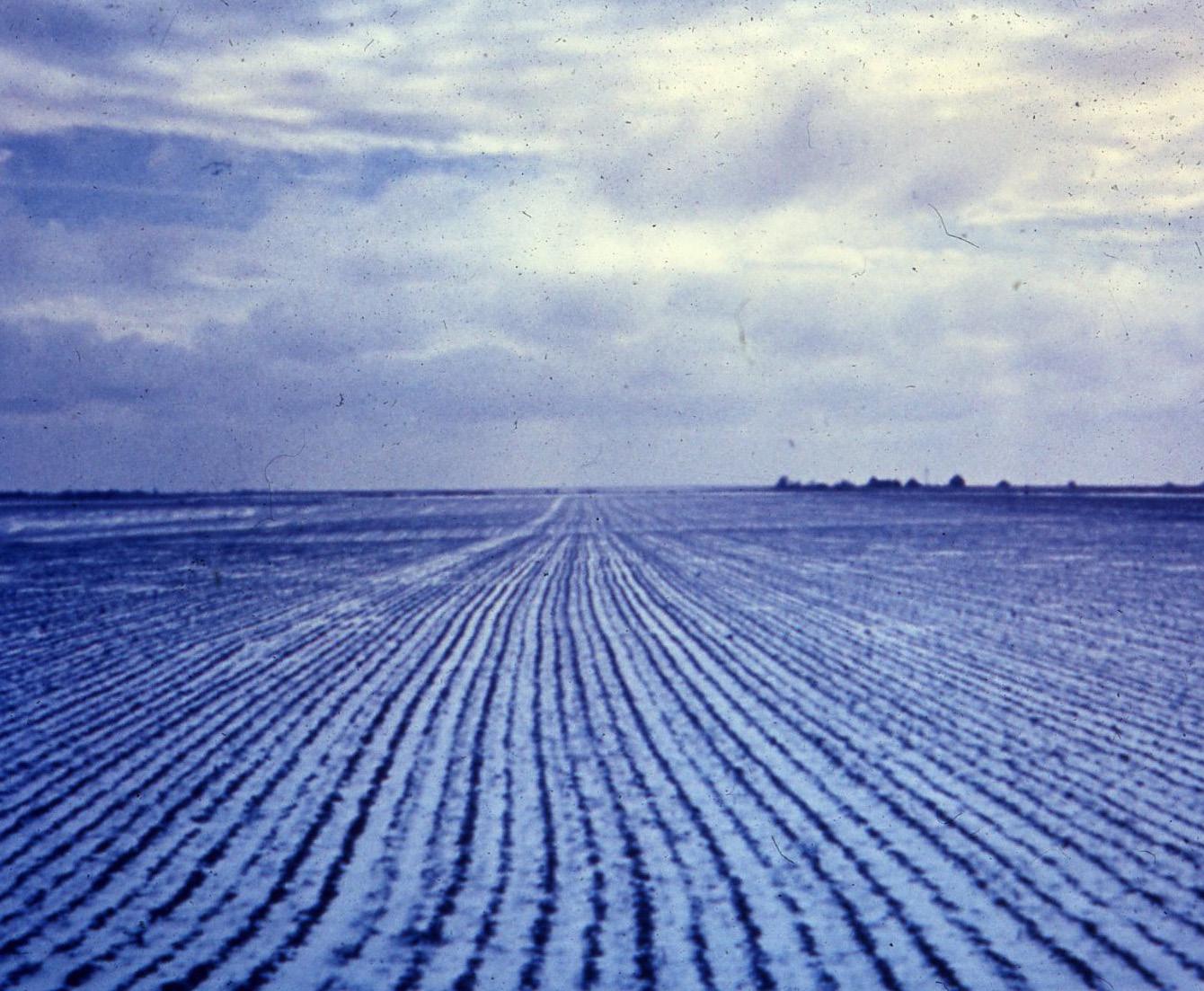
David E. Scherman’s “Willa Cather Country”
David E. Scherman (1916 – 1997) was an American photojournalist and editor for Life magazine. He gained worldwide notoriety when he photographed fellow photographer Lee Miller in Adolph Hitler’s bathtub at the close of World War II. When Mildred Bennett began work on the Willa Cather Pioneer Memorial in Red Cloud, one of her first efforts was to bring Life magazine to Webster County to photograph the areas made famous by Willa Cather. In 1950-1951, Scherman visited on assignment for the magazine, writing that Cather “drew the American countryside with such clarity of detail and poetic accuracy that the camera, retracing her steps today, can still find and record the scenes as Willa Cather saw them and set them down.”
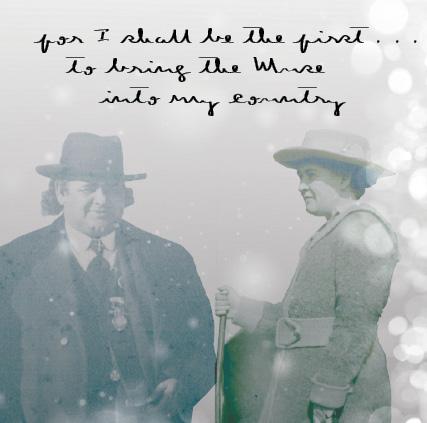
“For I shall be the first...” Willa Cather, “Blind” Boone, and My Ántonia
This exhibit explores the creation of two distinct but uniquely American artforms through the artistic dialogue between the Willa Cather’s novel My Ántonia and the oeuvre of John William “Blind” Boone, the African-American performer who inspired Cather’s character Blind d’Arnault. It utilizes archival imagery and artist biography to inspire patrons to grapple with larger questions, such as: How do we distinguish art from entertainment? How is American art different from classical art, and how is it continuing to change? How do we respond to problematic art and representations, such as Cather’s depiction of John William Boone? How do we imagine Boone might have received her work?
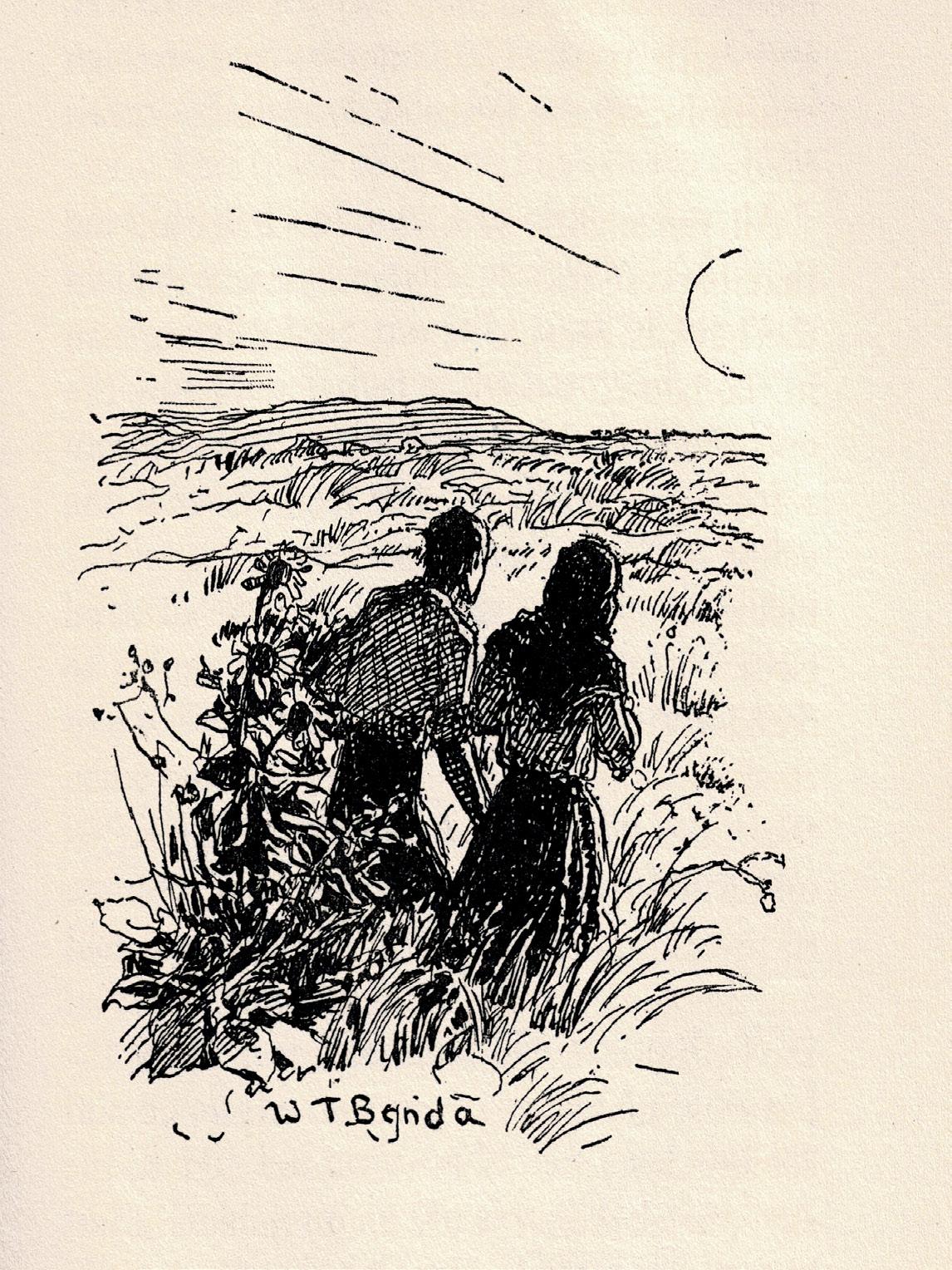
“Here at Last is an American Novel”: Willa Cather’s My Ántonia
The novel’s worldwide appeal is demonstrated by its translation into more than thirty languages. This exhibit examines the novel’s inspirations and creation, as well as considers the ways the novel still speaks to modern readers through topics like immigration and assimilation, migration and colonialism, class divisions and labor, rural life and landscapes, and the #MeToo movement.
